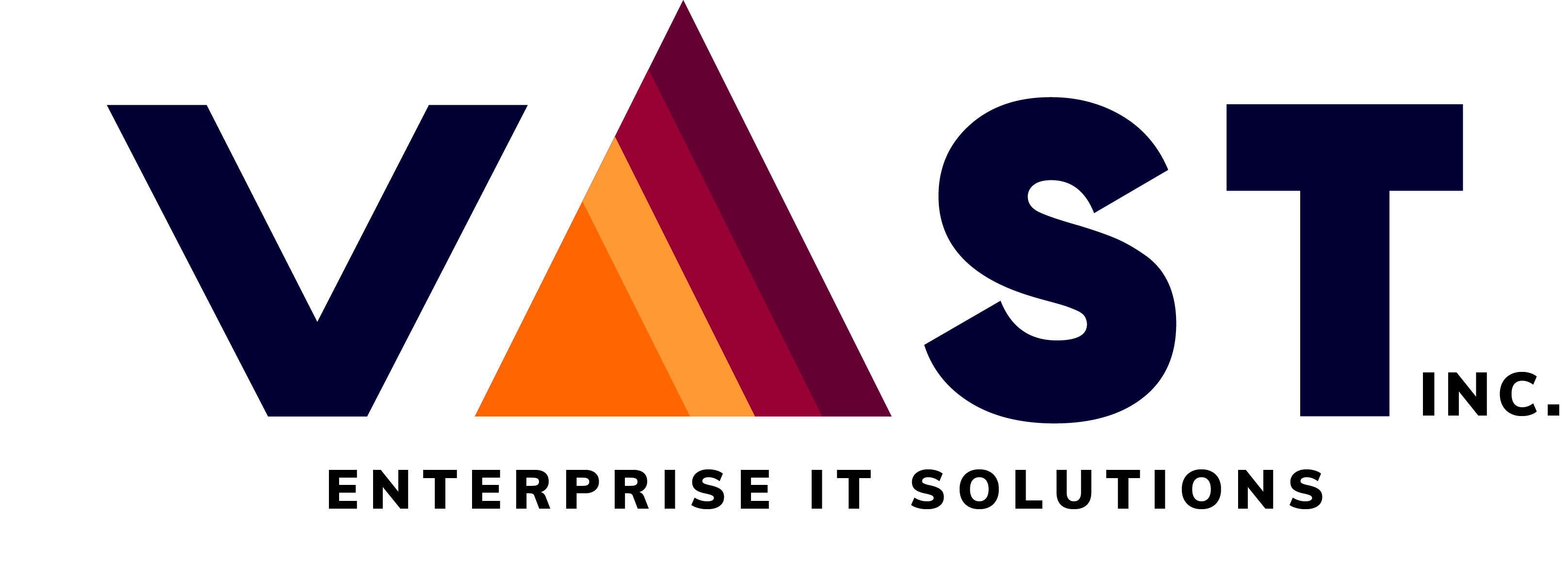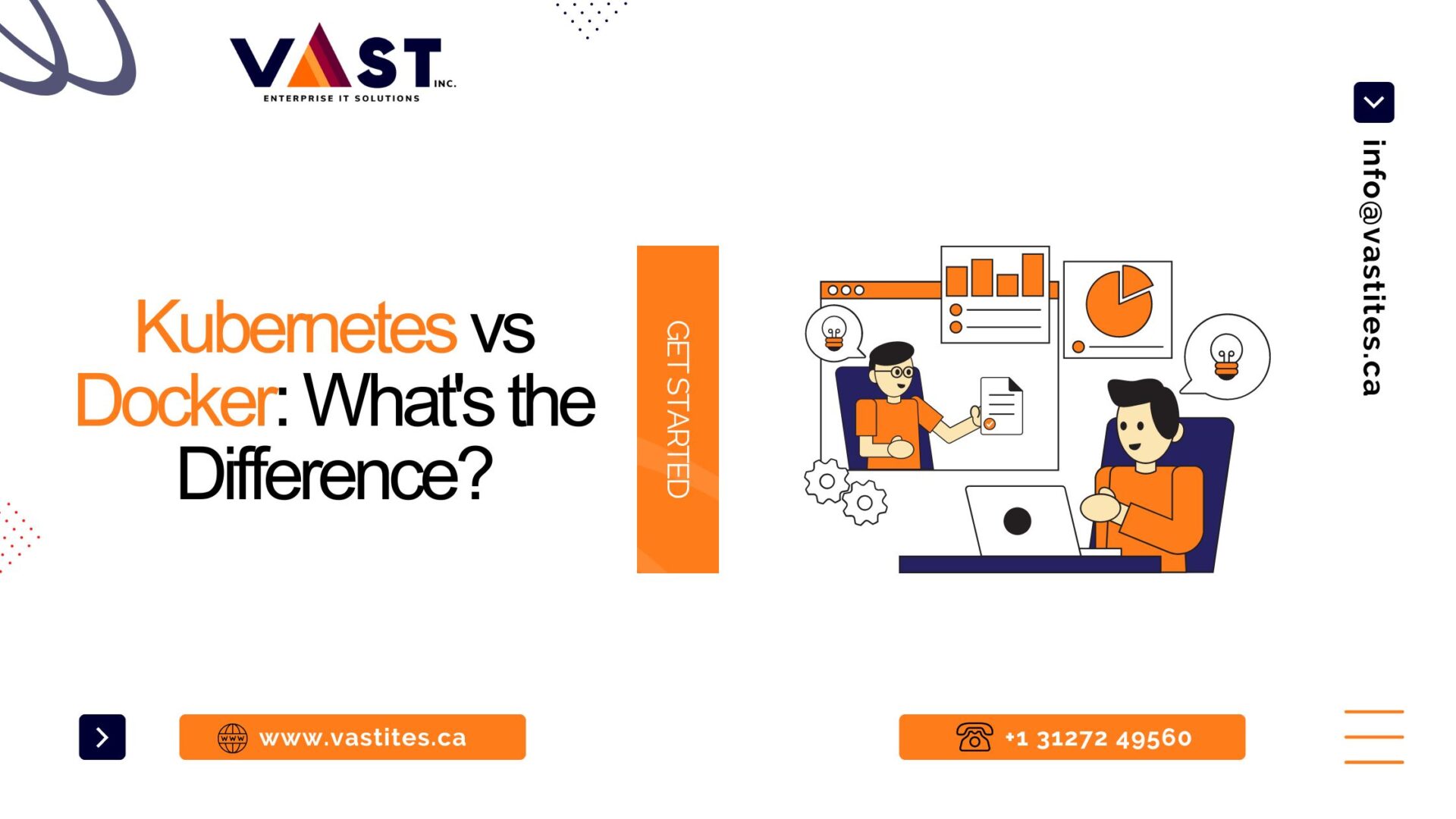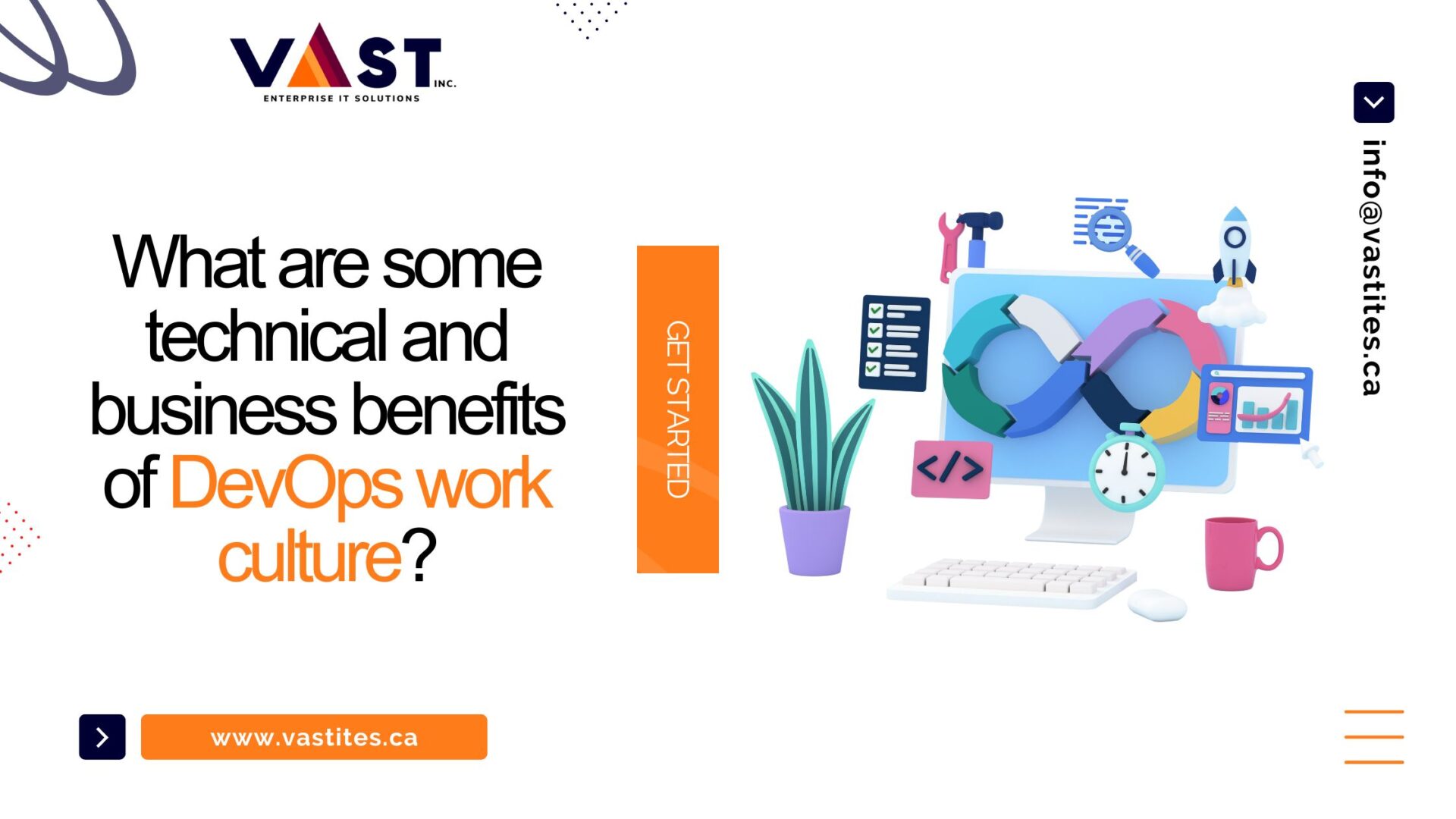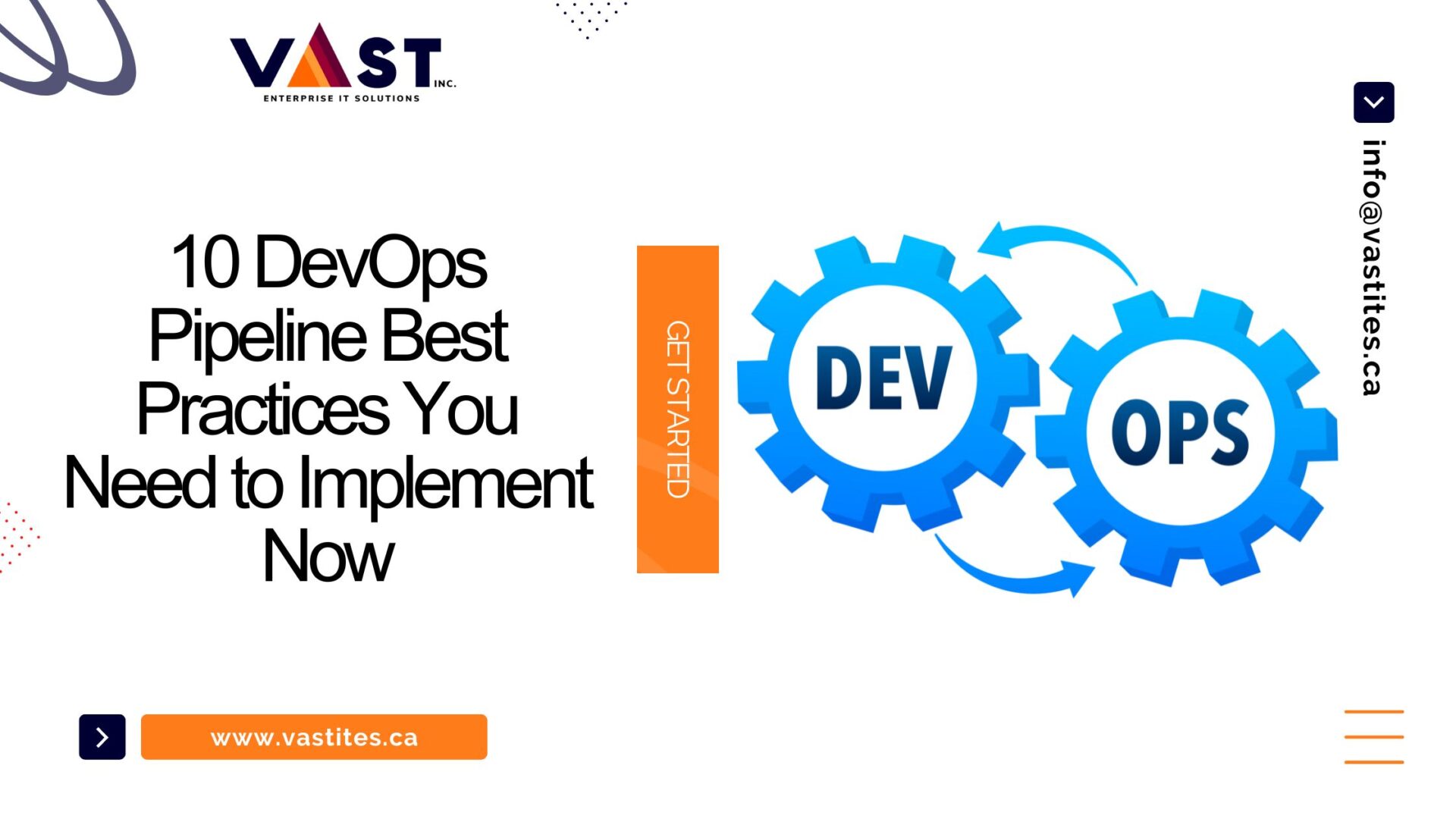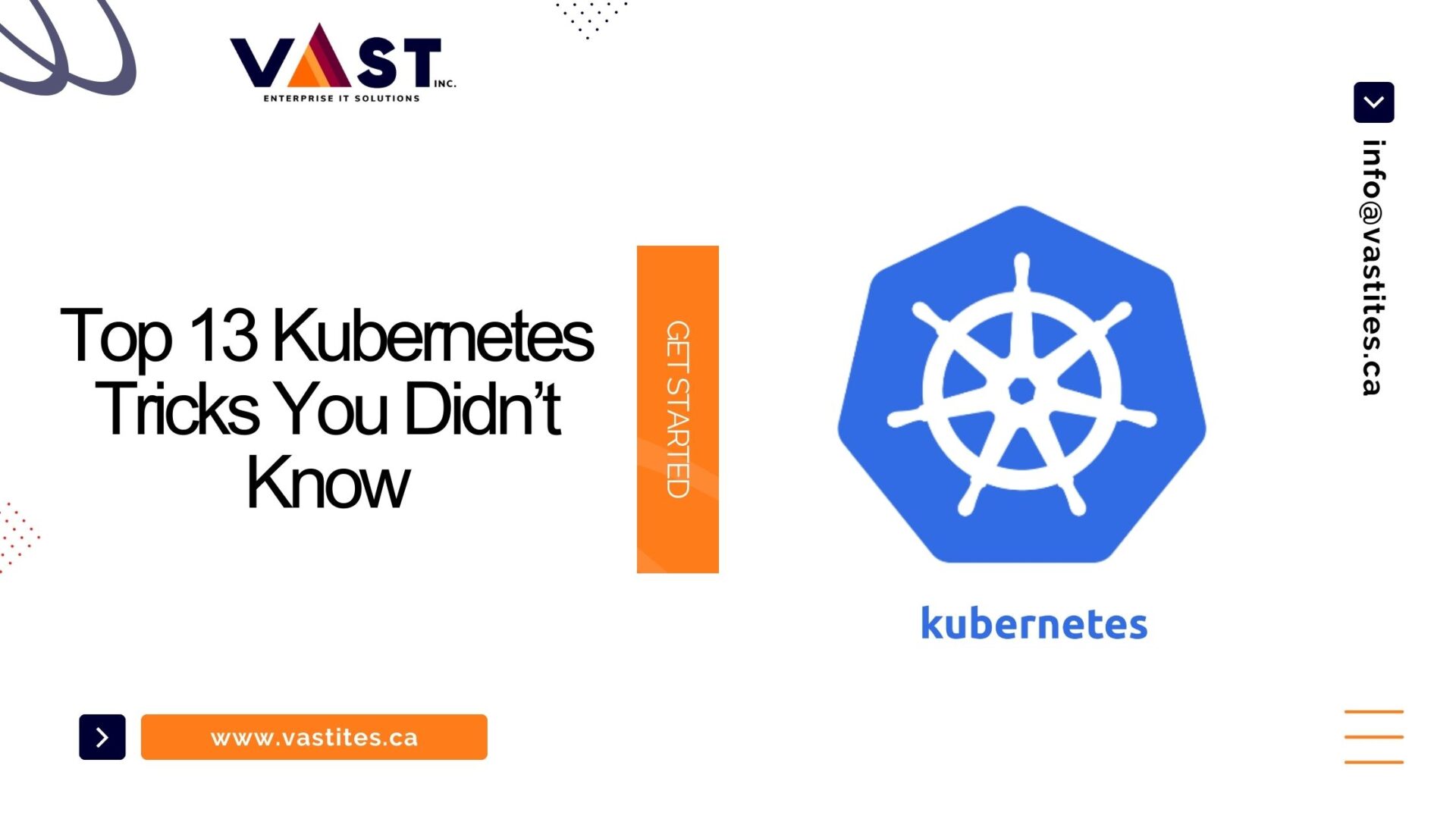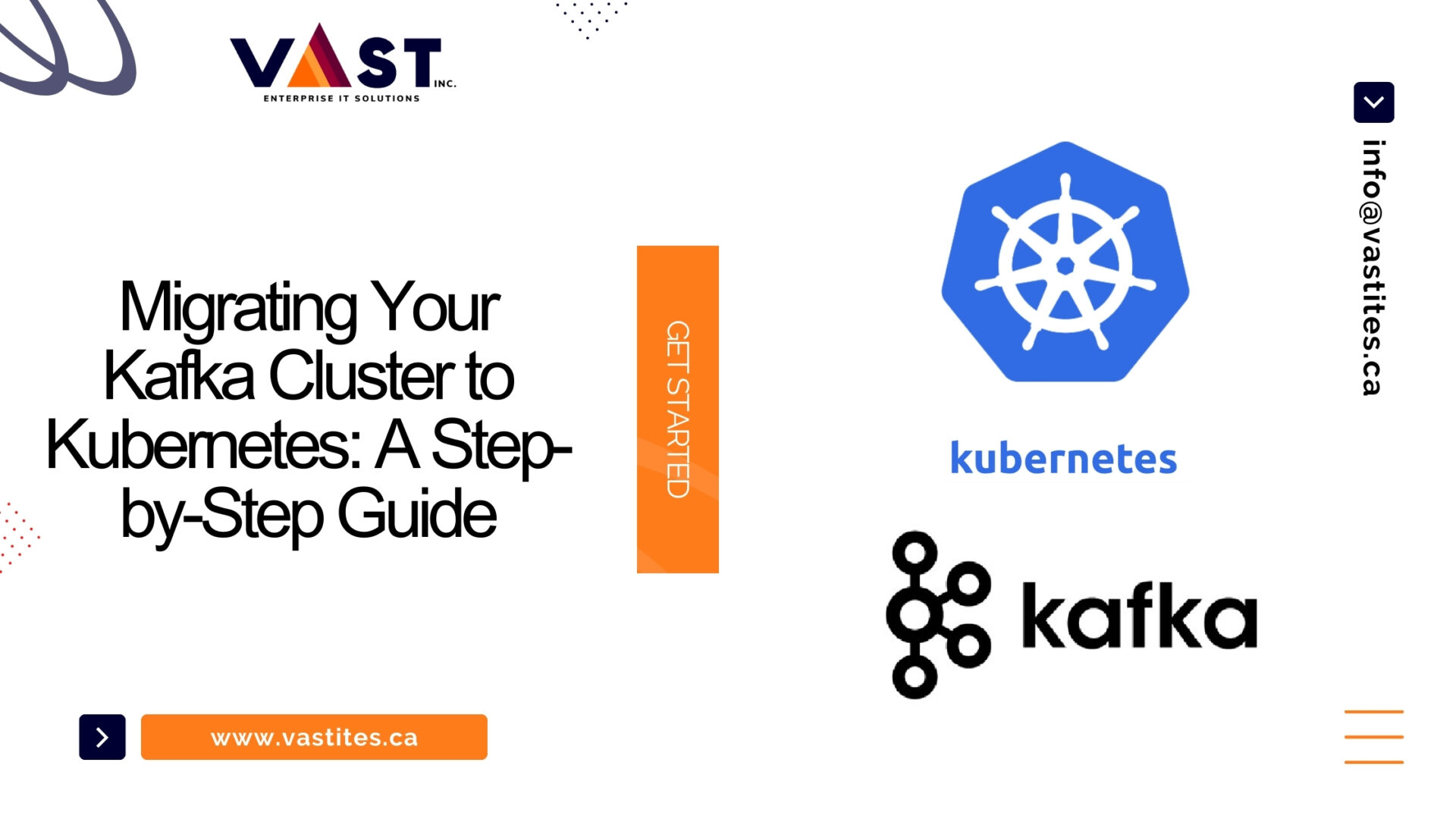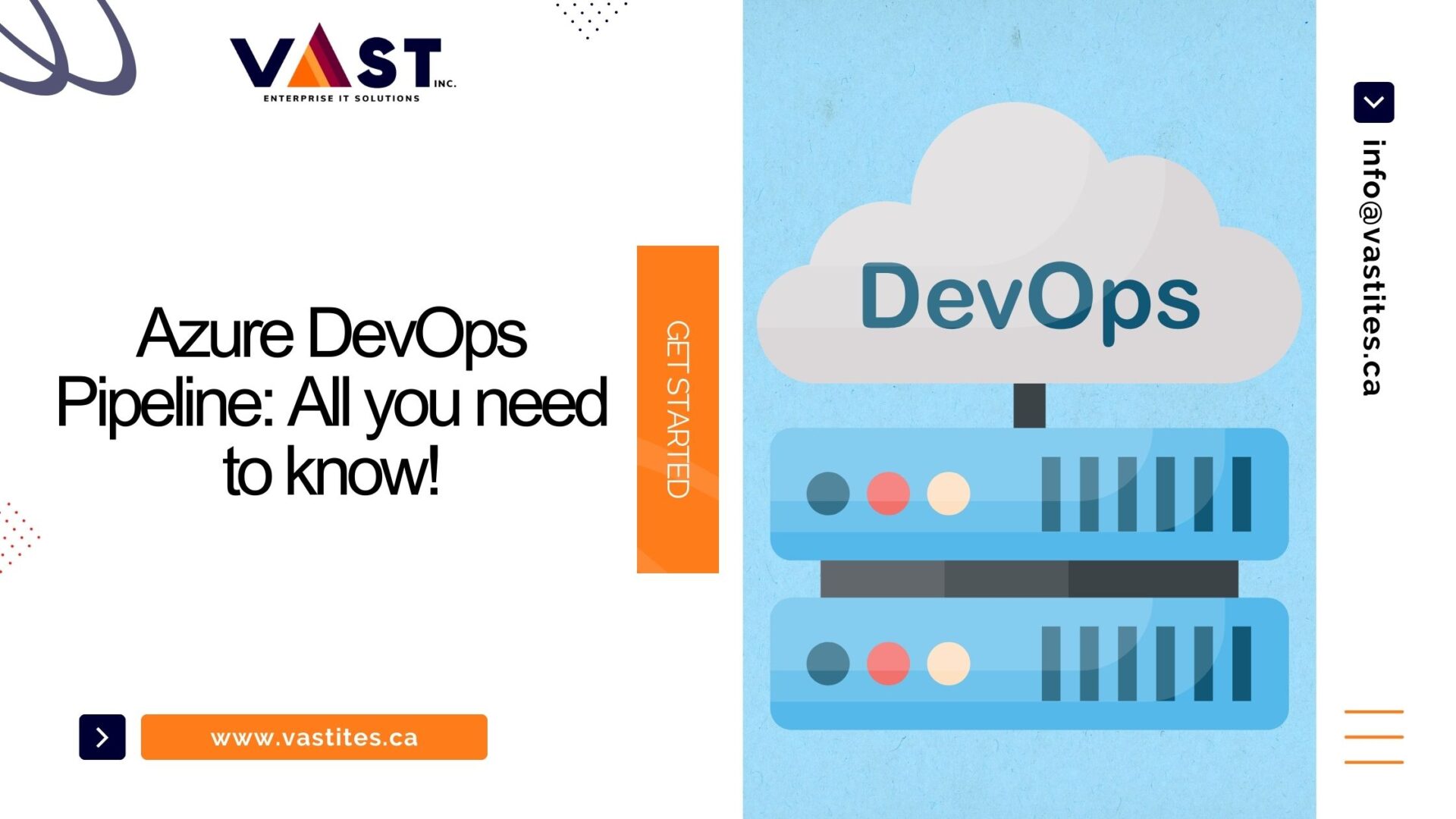When diving into the world of containerization and cloud-native applications, two names often surface: Kubernetes vs Docker. Although closely related and often mentioned together, they serve different purposes in...
Making a pipeline more flexible can significantly improve its adaptability, reusability, and maintainability. Here are some strategies to achieve this. Parameterization Examples 2. Modularization 3. Conditional Logic 4. Environment-Specific...
Git is a powerful and widely used version control system that plays a crucial role in modern software development. It allows developers to track changes in their codebase, collaborate...
Introduction Creating an EC2 instance using Ansible is a powerful way to automate the provisioning of cloud infrastructure. Ansible, a popular automation tool, simplifies the process of setting up...
What is a Version Control System (VCS)? A Version Control System (VCS) is a software tool that records changes to files over time, allowing you to recall specific versions...
A combined DevOps work culture is a set of practices that combine software development (Dev) and IT operations (Ops) to shorten the system development life cycle and deliver high-quality...
A DevOps pipeline is a set of practices and processes implemented by a DevOps team to quickly and reliably build, test, and deploy software. It is a crucial component...
By providing a stable framework for scaling up the management of containerized applications, Kubernetes has completely transformed container orchestration. Even seasoned users might not be aware of some of...
Introduction Kafka and Kubernetes are two powerful technologies that, when combined, can bring significant benefits to your data infrastructure. In this step-by-step guide, we will explore the process of...
In this article, we will explore the world of Azure DevOps Pipeline and its important role in modern software development. As a cloud-based CI/CD tool from Microsoft, Azure DevOps...
